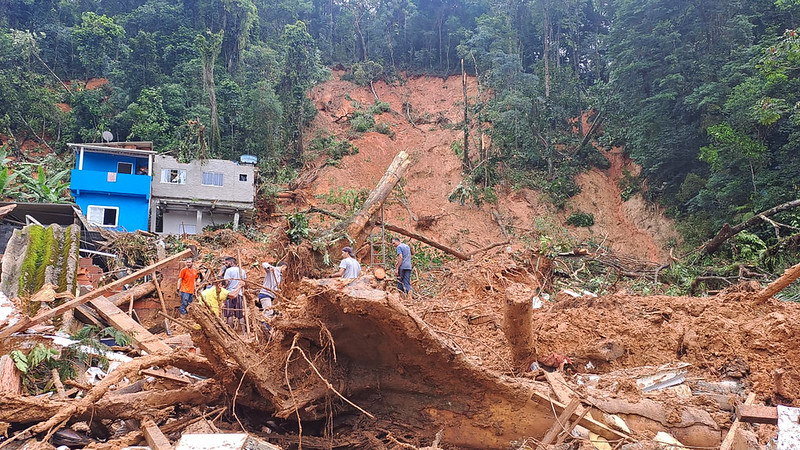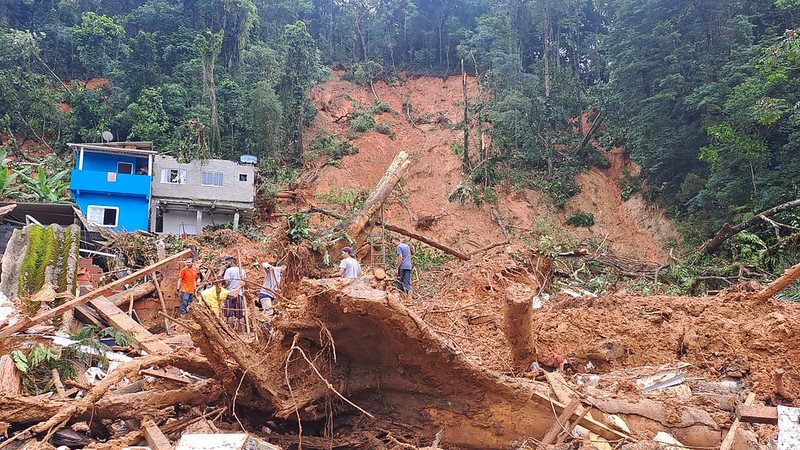
At least 600 millimeters (24 inches) of rain fell in a single day in Brazil’s southeastern state of São Paulo on February 19. The record-breaking rainfall inundated the municipalities of Bertioga, Caraguatatuba, Guarujá, Ilhabela, São Sebastião and Ubatuba, making some of the worst flooding conditions the state has ever seen.
1) Record-Breaking Rain
According to the National Center for Disaster Monitoring Prediction, the February 19th rainfall was the highest in Brazil’s history. 682 mm (24.65 inches) of rain fell in the Bertioga municipality in 24 hours, breaking the previous record of 530 mm (20.9 inches), set just last year in the state of Rio de Janerio.
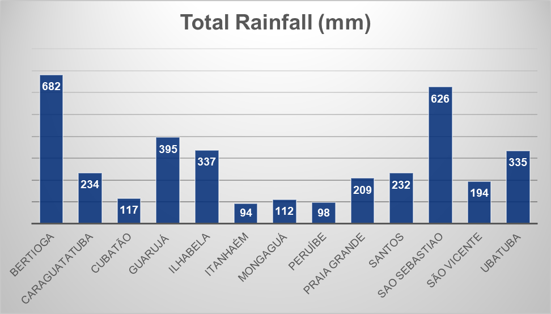
2) Extreme Conditions
Over the course of 24 hours, over 1.3 trillion liters of water inundated 13 municipalities in São Paulo. This was São Paulo’s second major flood during the month of February, as just two weeks prior, the state experienced floods that killed two people. The combination of earlier heavy rains, saturated soils, and hilly terrain all contributed to the historic flooding.
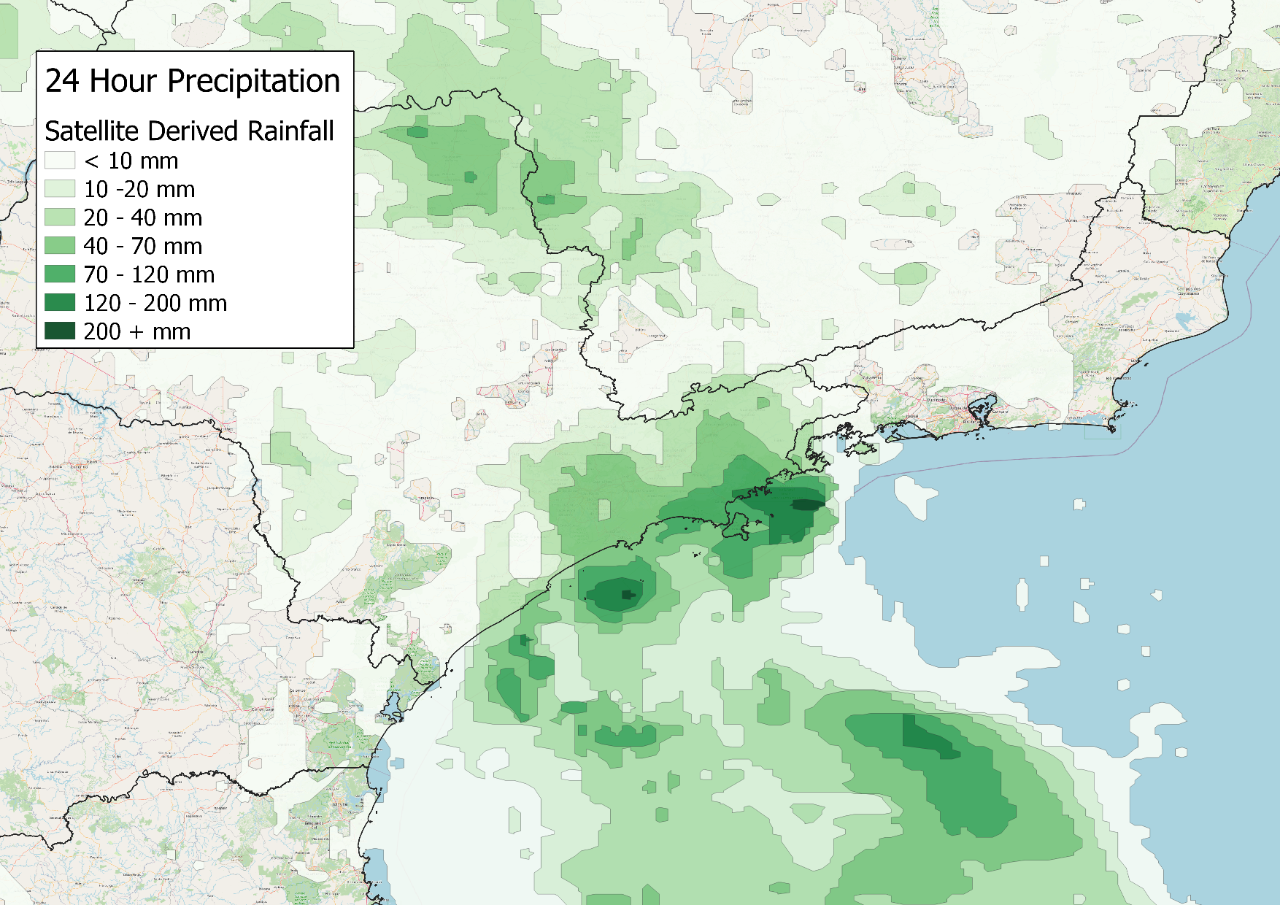
4) Widespread Impacts
The coastal areas of São Paulo were devastated by the heavy rain. Roads have been damaged by erosion and landslides, slowing down recovery. 64 official fatalities have been reported, 63 of which were from city of São Sebastião. The disaster additionally struck during Carnival, impacting tourists who had traveled for the festivities.
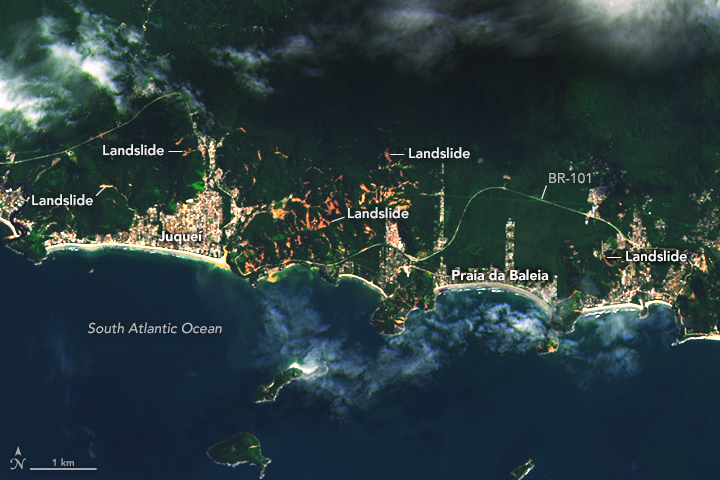
4) Climate Analysis
Extreme rainfall days have greatly increased within São Paulo since the 1950s, bringing a higher risk of flooding to Brazil’s most heavily populated state. The latest Intergovernmental Panel on Climate Change (IPCC) report highlights a medium confidence of increasing heavy precipitation and flooding with high confidence that mean annual rainfall will increase in southern Brazil.
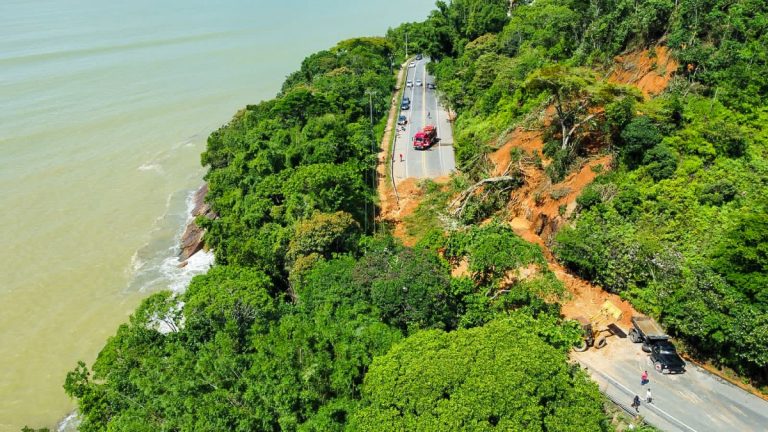
5) Historical Comparisons
Governor Tarcísio de Freitas compared the February 19 event to two floods that occurred in the state within the last decade. On January 12, 2014, the municipality of Itaoca saw 210 mm of rain in just 2 hours, resulting in a debris flow that killed 25 people. The city of Guarujá received over 280 mm (11 inches) of rain in 12 hours in March of 2020, causing landslides, damage to local infrastructure, and at least 32 fatalities.
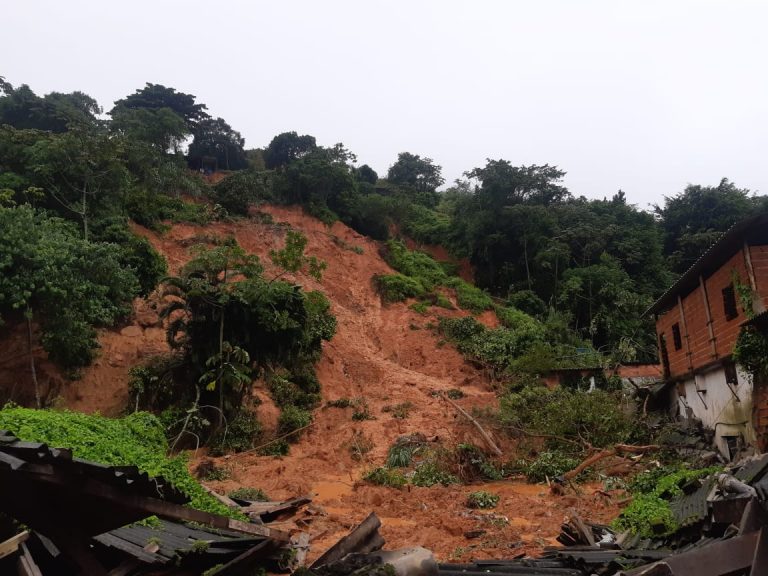
6) Auto Insurers
15 insurance companies have attended to approximately 5,500 vehicles affected by the heavy rains in the coastal region of São Paulo. The insurance claims were mainly related to damages caused by floods and landslides. The actions of auto insurance companies also included supporting the government in rescuing victims in risk locations.
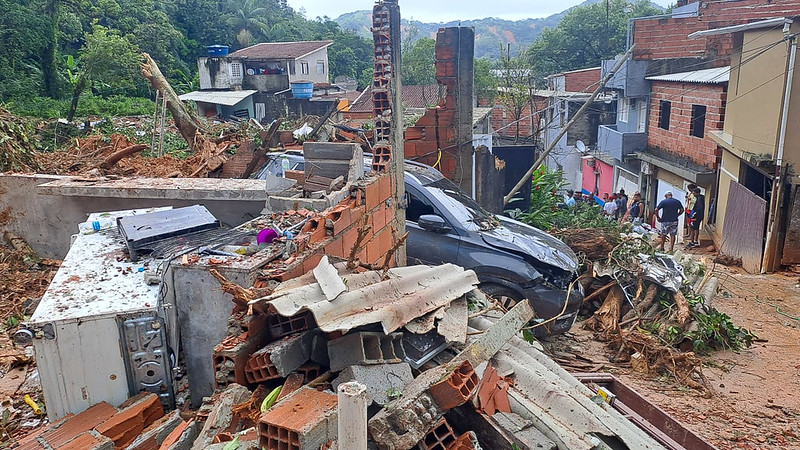
7) Climate Change
The Brazilian insurance market is already feeling the effects of climate change. The growing number of extreme weather events, such as floods and droughts, are leading to increased insurance claims. Although insurers are beginning to take steps to mitigate the impact of climate change, there is still a need for further action to address the long-term risks to the insurance industry and the wider economy.
